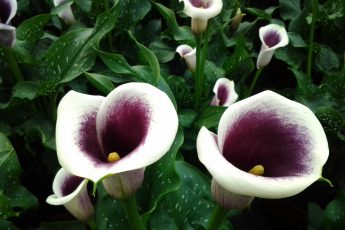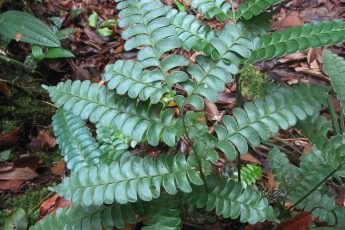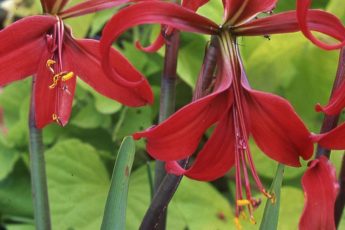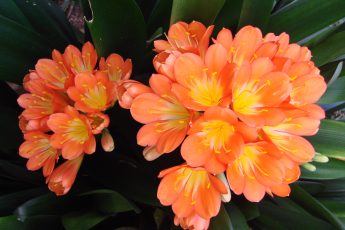Pieris, a captivating bush that belongs to the Ericaceae family, is a plant that truly stands out with its vibrant leaf colors and seasonal floral display. This charming plant originates from the lush landscapes of China, Japan, and Taiwan, where it thrives in diverse environmental conditions. Bringing Pieris into your garden or home can be a rewarding experience, provided that you adhere to its specific care requirements. This guide will walk you through the essentials of nurturing a healthy Pieris plant.
Understanding Pieris: Origin and Characteristics
Pieris is renowned for its dynamic appearance and can grow to heights ranging from 50 cm to 2 meters, making it a versatile choice for both garden hedges and potted displays. The bush grows at a moderate pace and can live for many years with the right care. Its leaves, which can turn spectacular shades of red, white, and pink, are a signature characteristic of this plant, adding a splash of seasonal color to any setting. In addition, Pieris produces beautiful inflorescences of white, pink, or red flowers during its blooming period in March to April, and sometimes in mid-summer.
Ideal Growing Conditions for Pieris
To ensure your Pieris thrives, replicating its natural environment is key. During summer, maintain temperatures below 68°F, and aim for around 50°F in winter. Pieris japonica, a specific species, can tolerate temperatures as low as -4°F briefly, but young plants may suffer damage. If your Pieris winters outside, protect it from harsh conditions by placing it in a sheltered area or using a protective cover.
Humidity and Lighting
Pieris prefers high to medium humidity levels but is not overly sensitive to humidity fluctuations. Ensure the plant receives diffuse light or partial shade to mimic its natural undergrowth habitat. Direct sunlight may scorch the leaves and should be avoided.
Soil Requirements
Selecting the right soil is crucial for Pieris’s health. An ideal choice would be the “Azalea” potting mix with a pH of 4.5-5.5. Alternatively, create your own mix with equal parts peat, leaf compost, and sand, incorporating some soil from a coniferous area to simulate its native environment. Ensure good drainage to prevent waterlogging, which can lead to root rot.
Watering and Fertilization
Pieris requires consistent watering, especially in summer. Water potted plants 2-3 times a week and those planted in the garden 1-2 times weekly. The soil should remain moist but not soggy to avoid root damage. Reduce watering significantly during winter. Use soft water whenever possible to prevent mineral buildup. Fertilize from spring to autumn with a lime-free liquid fertilizer every two weeks, but avoid fertilizing newly transplanted plants for at least two months.
Propagation and Transplanting Tips
Propagation of Pieris is typically done through apical semi-hardwood cuttings taken in late August. Plant these in a mixture of peat and perlite or sand, using rooting hormones like heteroauxin to encourage growth. Alternatively, propagate by sowing seeds in bowls filled with sand and peat. Transplant Pieris every 2-3 years in spring to accommodate its growth, ensuring you’re moving it to a larger pot each time.
Common Challenges in Pieris Care
Despite its beauty, Pieris is not without its challenges. It can be susceptible to pests like spider mites and is prone to leaf chlorosis if the soil pH is insufficiently acidic. Remedy chlorosis by incorporating peat or iron chelate into the soil. Fungal diseases can also affect Pieris, requiring treatment with fungicides. Regularly prune to remove discolored inflorescences and dead branches, enhancing air circulation and overall plant health.
Pieris brings a touch of elegance and diverse color to any garden or balcony, offering lush foliage and stunning flowers that change with the seasons. While it requires specific care and attention, the visual rewards are well worth the effort. Protecting the plant from extreme conditions, maintaining appropriate humidity and lighting, and attending to its unique water and soil needs are paramount to maintaining its health and beauty. Take on the responsibility of cultivating Pieris with enthusiasm, and your garden will be graced by its captivating charm.






